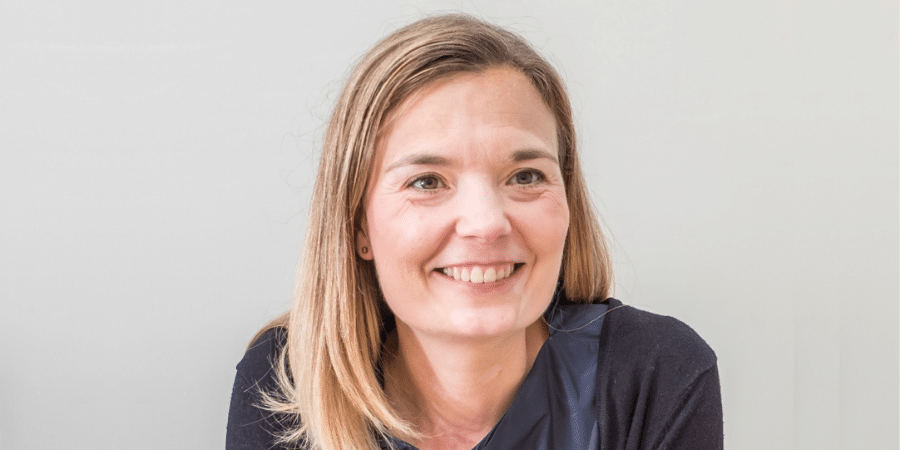
Dr Petra Karlsson is the Theme Leader of the Assistive Technology Team, and has a background in occupational therapy, disability, and assistive technology. We asked her a few questions to get to know her more.
Q: What did you study, and how did you come to work at the Cerebral Palsy Alliance?
I’m an occupational therapist by background and when I did my masters at the University of Sydney, I heard of Cerebral Palsy Alliance from one of my Uni friends. When the time came for me to apply for jobs, an opportunity presented itself and I was delighted to join the organisation as an assistive technology consultant. During that time I developed a passion for assistive technology and was fortunate to be granted a scholarship to conduct my PhD in the field, which later allowed me to take up a job at the Research Institute.
Q: What are you passionate about in working with people with cerebral palsy?
When you work with and for people with disabilities, you strive to make a positive impact on their life, in my case it is through finding improved assistive technology solutions. I’m passionate about working collaboratively in multidisciplinary team on projects that will allow someone’s voice to be heard better or allow a person to become more independent and confident in their own abilities. Every day is a chance to do something different and make a difference.
Q: What are some exciting projects that you and your team are working on at the moment?
We are currently setting up a research project where we will create a database of voices to build a unique resource for engineers, who would like to find solutions to real-time communication for people with a speech difficulty, who finds themselves in a position where most other people don’t easily understand them, and where the traditional assistive technology devices are too slow.
I’m also excited to have three projects in the Participation Research Model program where CPA clinicians have a major role in:
1) identifying key knowledge translation activities for the newly developed Clinical Guidelines for Eye-gaze control technology for people with cerebral palsy;
2) identifying what toys parents would like to be able to access for children who are not able to easily play with most commercially available toys; and
3) being part of a collaborative research group with budding engineers who are developing a software that will allow eye-gaze users to directly interact with a clinician during a telehealth session.
Q: What are some things you like to do in your spare time?
I like to spend time with my staffy girl, Izzy and of course my friends. Love being out on the water in a kayak or bush walking.
Q: What are 3 restaurants/cafes you like to go to in Sydney and would recommend to others?
Bayswater Kitchenette, Rushcutters Bay – if you love homemade style Italian food.
Café Paci, Newtown – for a fine dining experience with a Nordic touch. The head chef is Finnish.
Bloom, Mosman – for a relaxing café experience, with delicious food and coffee/tea.
Q: Do you think there are more wheels or doors in the world?
Well, research show [thanks google] that there are more wheels than doors in the world if you include all possible forms of physical wheels, such as the wheels on toy cars, vacuums, and office chairs. There are more doors than wheels if you include only doors that you can walk through and only wheels used for human transport.